Formation of free radical is eaisest in:
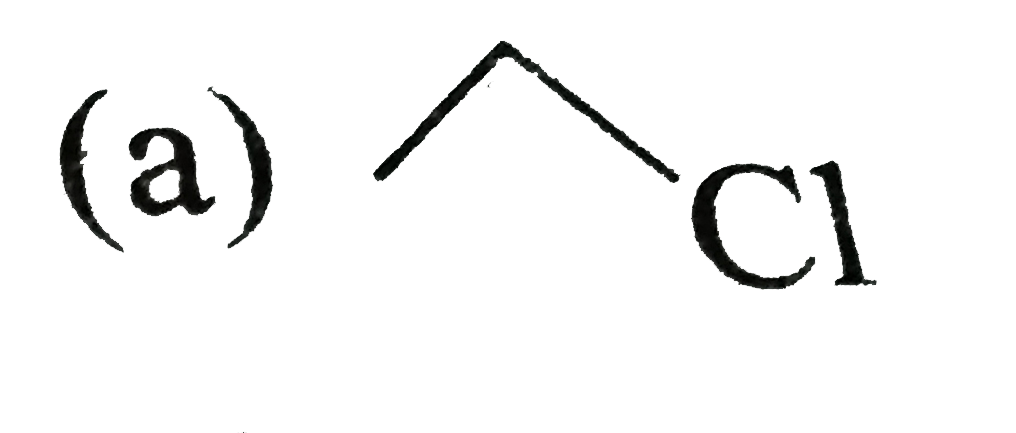
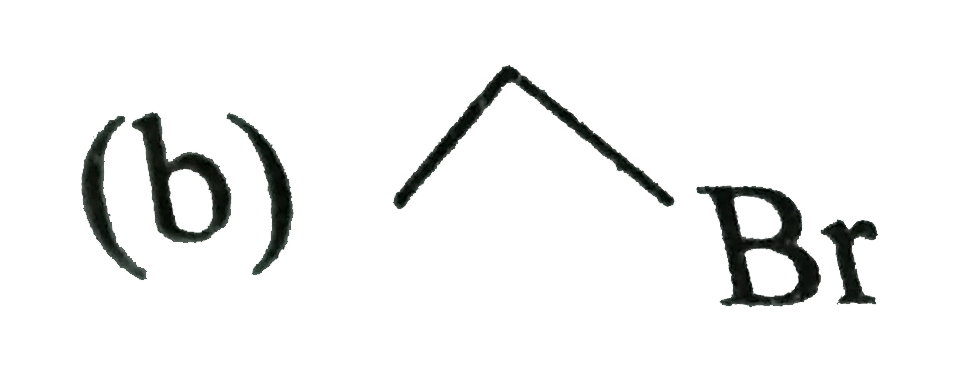
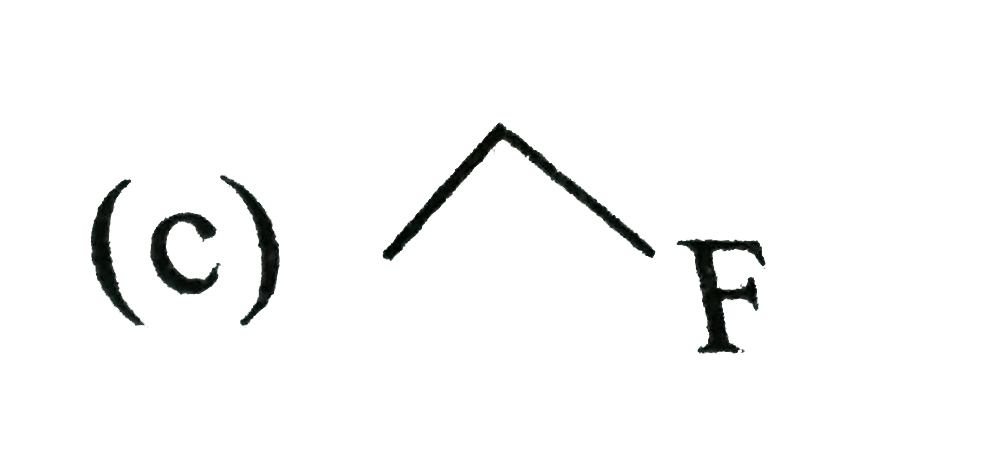

To determine where the formation of free radicals is easiest, we need to analyze the bond strengths of carbon-halogen bonds. Here’s a step-by-step solution:
Step 1: Understand Free Radical Formation
Free radicals are formed when a bond between two atoms breaks homolytically, meaning each atom takes one of the shared electrons. In this case, we are focusing on carbon-halogen bonds.
Step 2: Identify Carbon-Halogen Bonds
The carbon-halogen bonds we need to consider are:
- Carbon-Fluorine (C-F)
- Carbon-Chlorine (C-Cl)
- Carbon-Bromine (C-Br)
- Carbon-Iodine (C-I)
Step 3: Compare Bond Strengths
The strength of these bonds decreases in the following order:
1. C-F (strongest)
2. C-Cl
3. C-Br
4. C-I (weakest)
Step 4: Determine the Easiest Bond to Break
Since the formation of a free radical is easiest when the bond breaks with the least amount of energy, we look for the weakest bond. The C-I bond is the weakest among the carbon-halogen bonds.
Step 5: Conclusion
Since the C-I bond is the weakest, it will break more easily compared to the other carbon-halogen bonds. Therefore, the formation of free radicals is easiest in compounds containing carbon-iodine bonds.
Final Answer
The correct answer is option D (ethyl iodide), as it contains the carbon-iodine bond, which breaks easily to form a free radical.
---
Free radicals are formed when a bond between two atoms breaks homolytically, meaning each atom takes one of the shared electrons. In this case, we are focusing on carbon-halogen bonds.
The carbon-halogen bonds we need to consider are:
- Carbon-Fluorine (C-F)
- Carbon-Chlorine (C-Cl)
- Carbon-Bromine (C-Br)
- Carbon-Iodine (C-I)
The strength of these bonds decreases in the following order:
1. C-F (strongest)
2. C-Cl
3. C-Br
4. C-I (weakest)
Since the formation of a free radical is easiest when the bond breaks with the least amount of energy, we look for the weakest bond. The C-I bond is the weakest among the carbon-halogen bonds.
Since the C-I bond is the weakest, it will break more easily compared to the other carbon-halogen bonds. Therefore, the formation of free radicals is easiest in compounds containing carbon-iodine bonds.
The correct answer is option D (ethyl iodide), as it contains the carbon-iodine bond, which breaks easily to form a free radical.
Topper's Solved these Questions
- BOOK - HIMANSHU PANDEYCHAPTER - HYDROCARBONS (ALKANE, ALKENE and ALKYNE)EXERCISE - Level 2 (Q.26 To Q.50)25videos
HYDROCARBONS (ALKANE, ALKENE and ALKYNE)
- BOOK - HIMANSHU PANDEYCHAPTER - HYDROCARBONS (ALKANE, ALKENE and ALKYNE)EXERCISE - Level 2 (Q.51 To Q.75)25videos
HYDROCARBONS (ALKANE, ALKENE and ALKYNE)
- BOOK - HIMANSHU PANDEYCHAPTER - HYDROCARBONS (ALKANE, ALKENE and ALKYNE)EXERCISE - Level 1 (Q.26 To Q.50)25videos
HYDROCARBONS (ALKANE, ALKENE and ALKYNE)
Similar Questions
Knowledge Check
- Question 1 - Select One
Formation of free radical tkes place with absorption of minium energy in th formation of :
A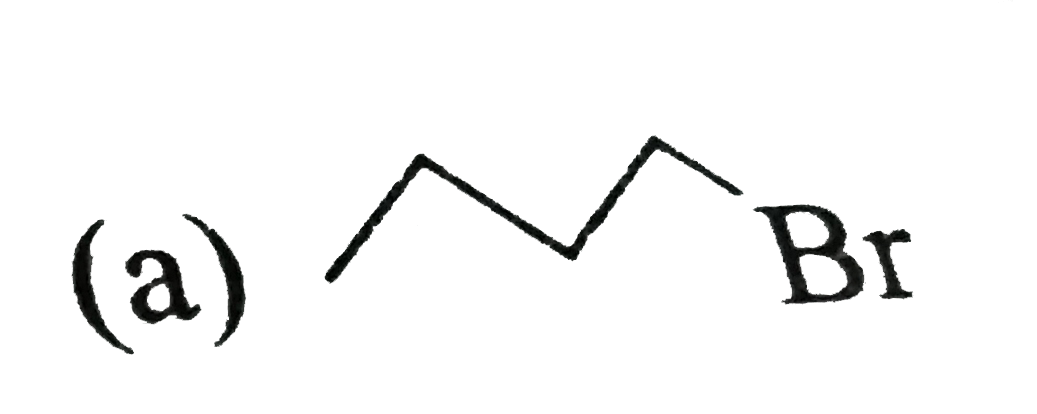 B
B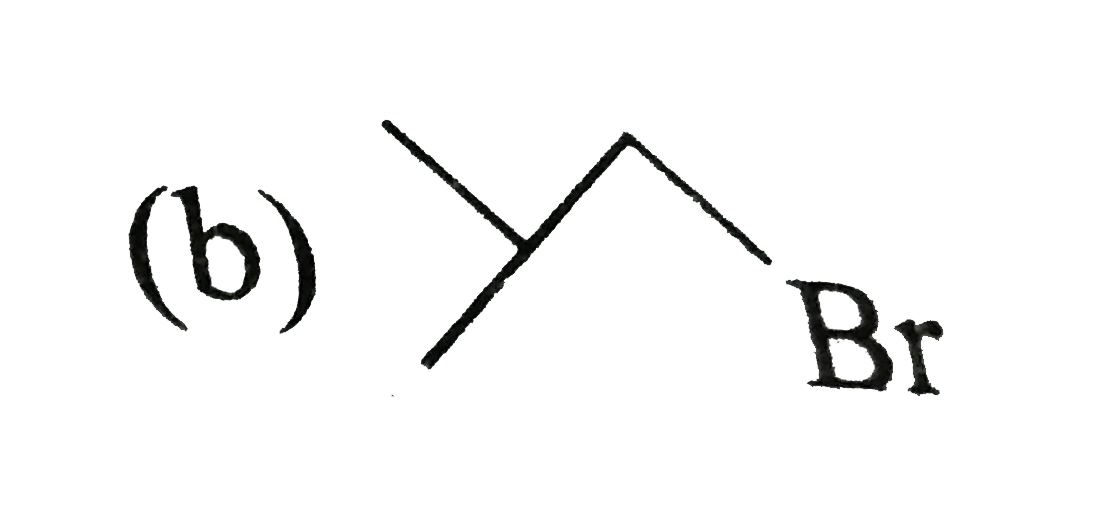 C
C D
D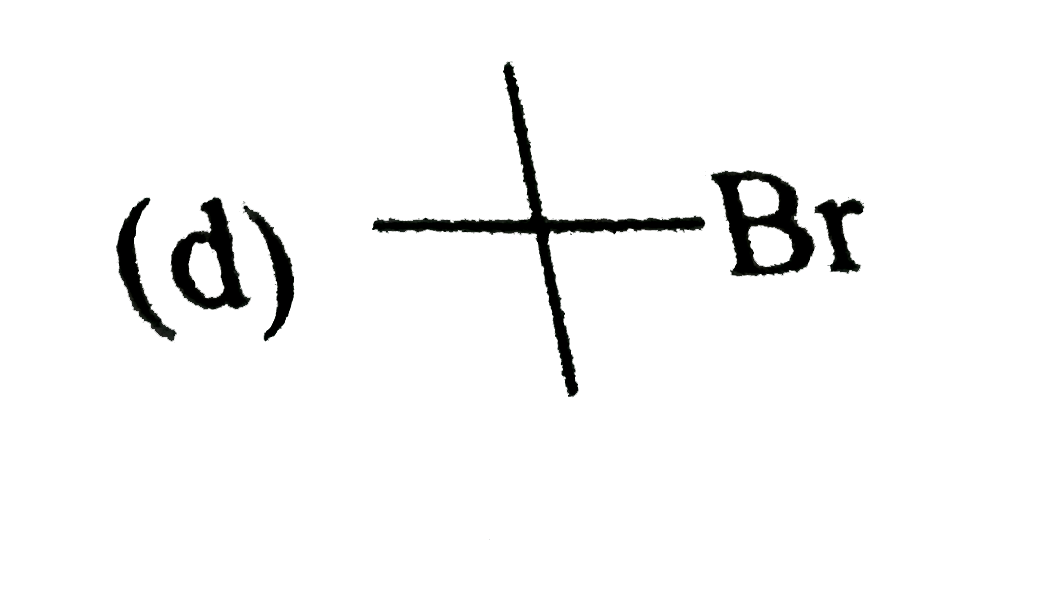
- Question 2 - Select One
Formation of free radical in food material is protected by adding
ADulacinBalitameCBHTDsucralose - Question 3 - Select One
The ease of formation of free radicals follows the order -
A3∘>2∘>1∘>CH3BCH3>1∘>2∘>3∘C1∘>2∘>3∘>CH3D2∘>1∘>3∘>CH3
